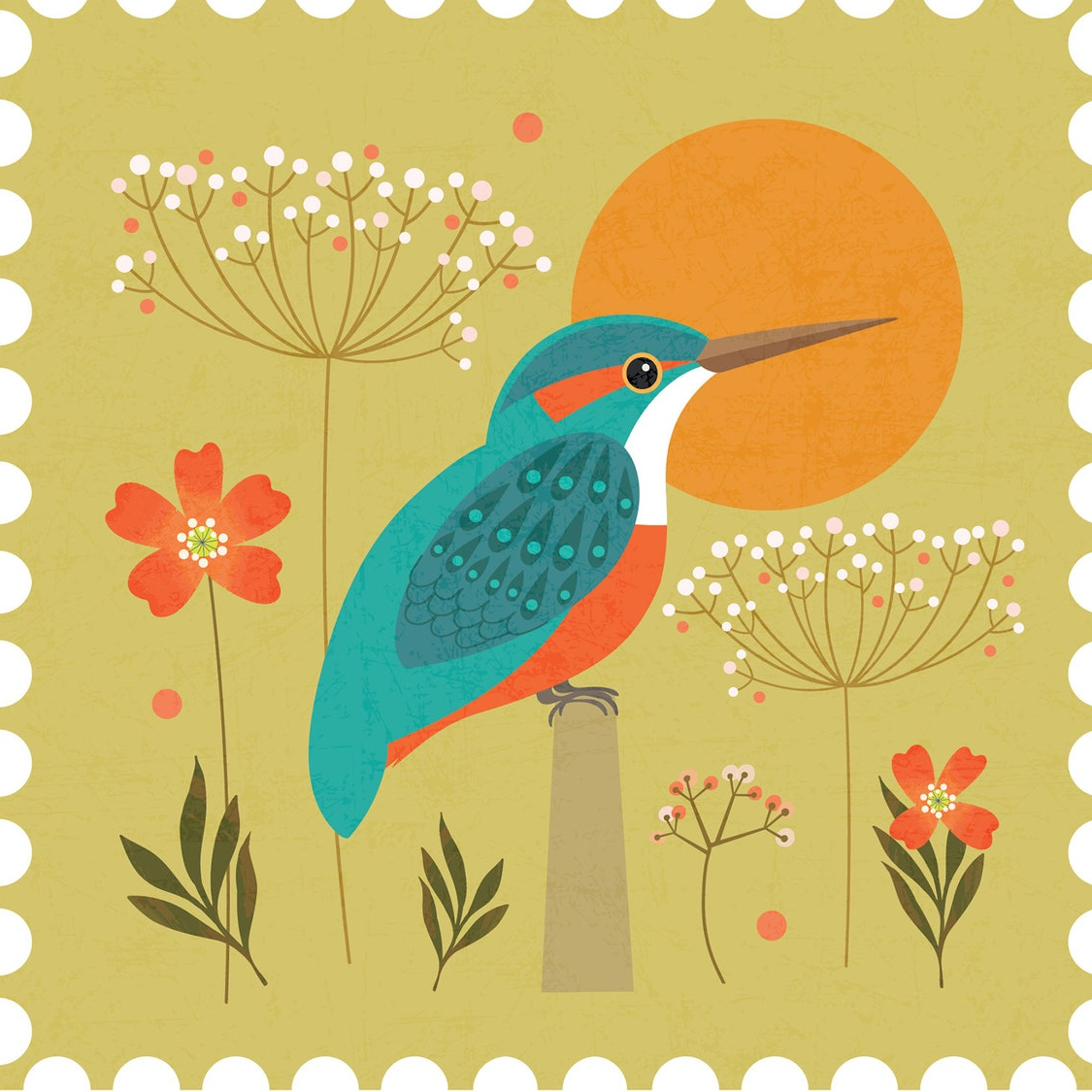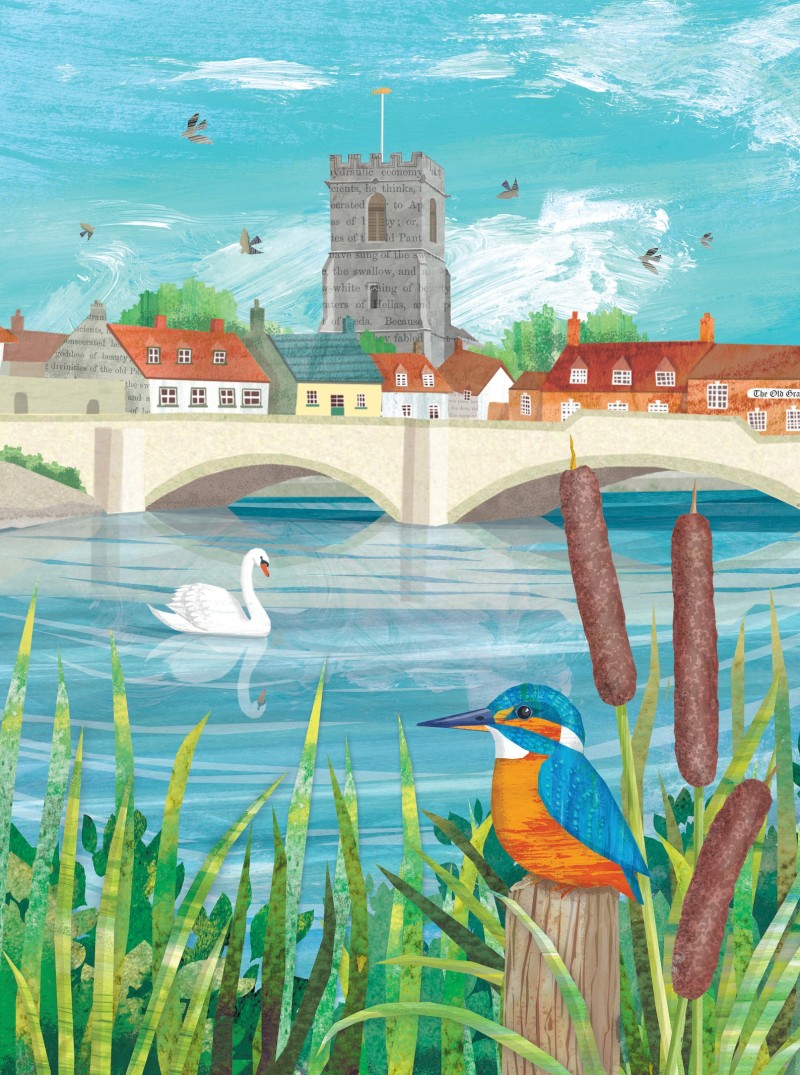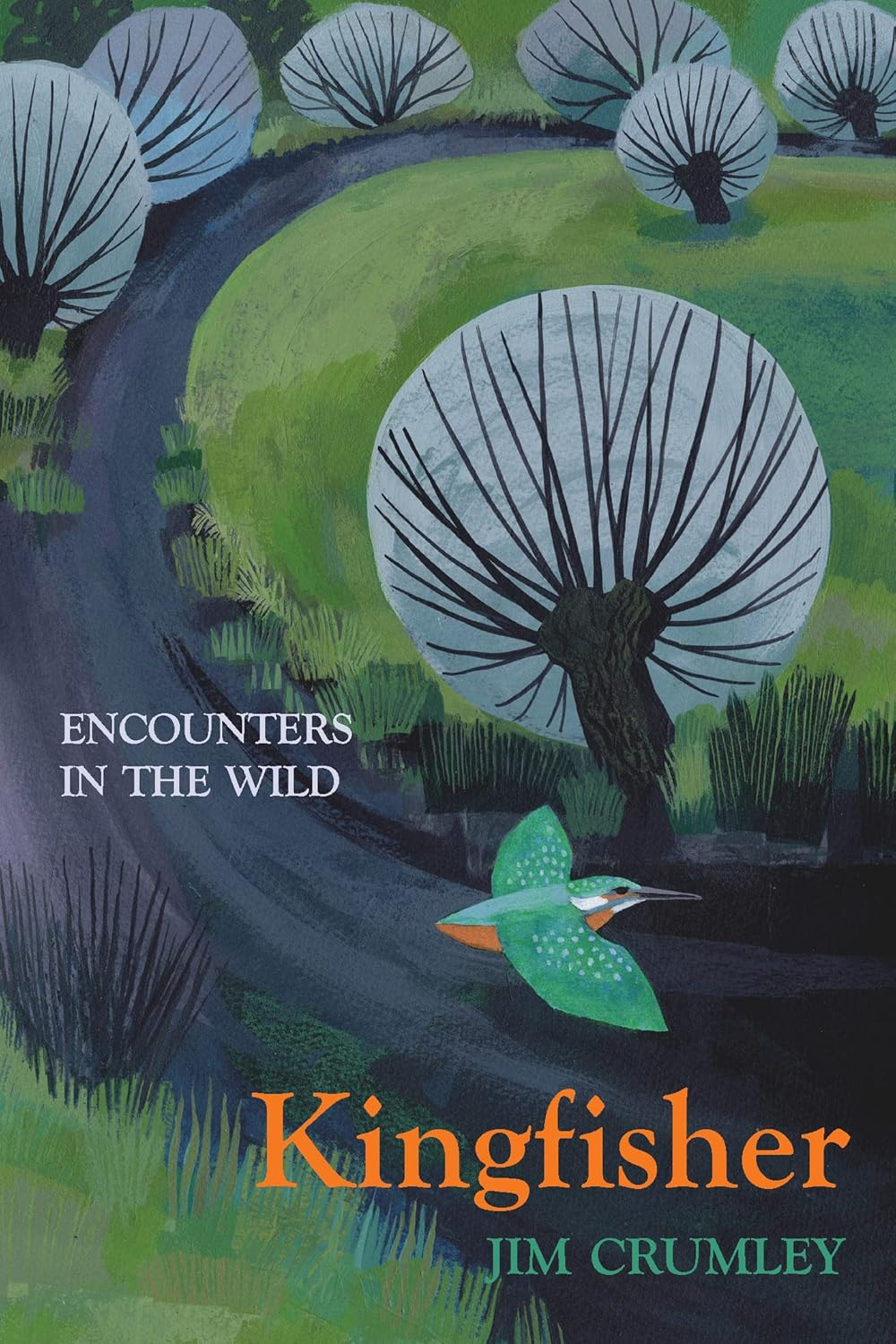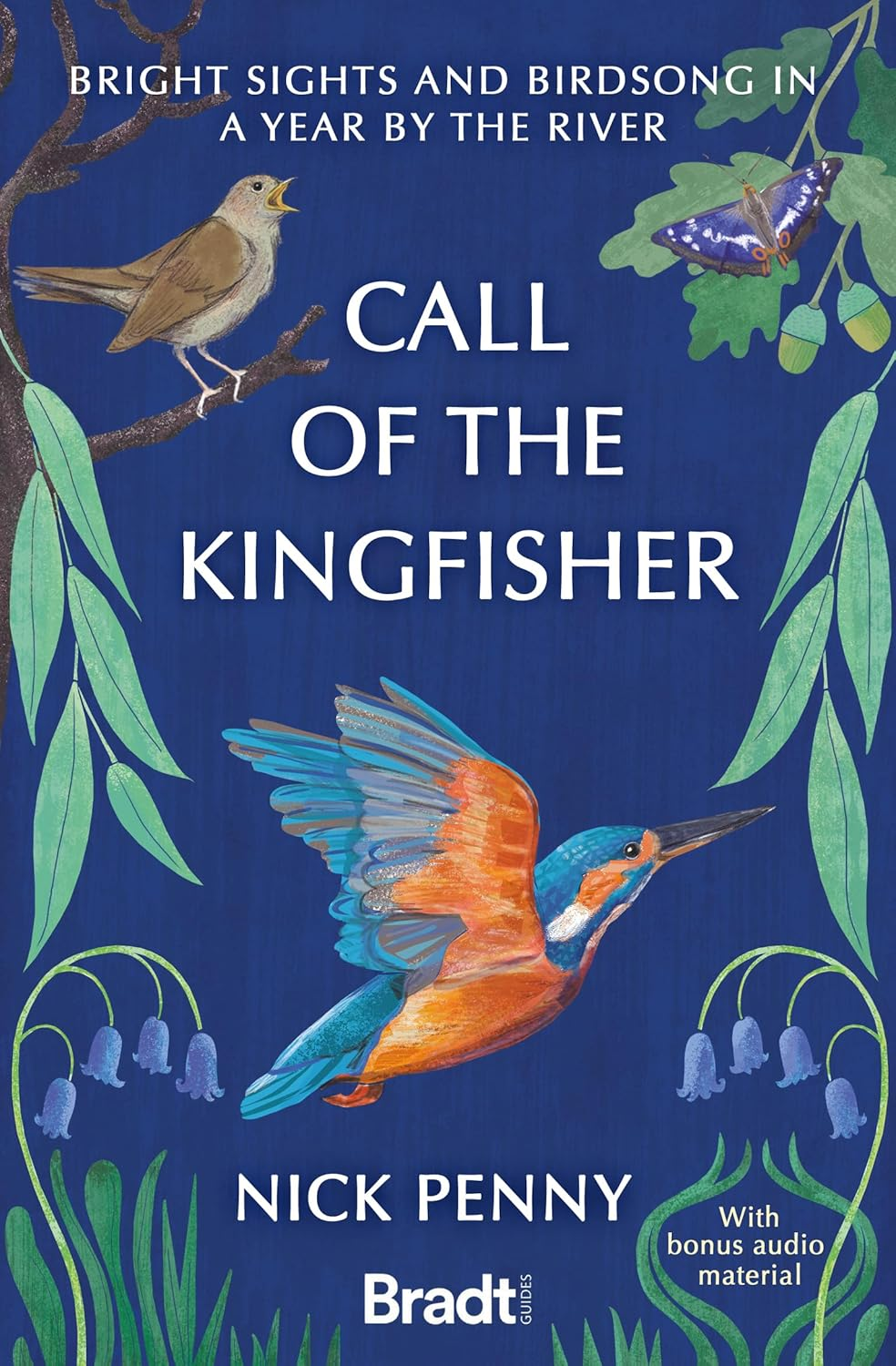Wild Kingfishers: Protect Their River Homes

Kingfishers are a special sight in England’s countryside. Their bright blue and orange feathers catch the eye as they dart across quiet rivers and streams. These birds are more than just beautiful; they play an important role in river ecosystems.
These colourful birds hide away by rivers and streams, waiting for their next catch. They have third eyelids to close when hunting underwater, using their fused toes to grip fish. Most are located in Eastern England and the home counties (as it’s more difficult to fish in stormy waters).
Common Kingfishers: Small, Bright, and Busy

Wareham, Purbeck, Maria Burns
The common kingfisher (Alcedo atthis) is easy to spot thanks to its glowing blue back and rusty orange underside. These birds only grow to about 17 centimetres in length.
Kingfishers are quick and shy. They flash along riversides, so you have to be still and quiet to watch them. Their call, a high-pitched peep, often gives them away before you see the bird.
Where Kingfishers Live and Hunt
Wild kingfishers in England stick to clean, slow-moving rivers, streams, and larger ponds. They like areas with overhanging plants or tree branches. These spots offer shelter and good hunting grounds for small fish, their main food.
Kingfishers watch the water for a glint of scales, then dive in with lightning speed. They need unpolluted water, rich in fish and insects, to feed themselves and their young.
Kingfisher Nests: Hidden in Riverbanks
Like swans, kingfishers are monogamous and create unique burrows (rather than nests) to rear their young. Parents take turns to build unique tunnels at special angles, so eggs don’t roll into the river!
One bird-watcher found kingfishers making a tunnel that ‘smelled of rotting fish and coughed-up pellets’. And remarked that ‘even the kingfishers seemed to be mildly disgusted’, with each parent washing after leaving!
Young kingfishers fledge after around 3 weeks, with most independent within days. Ornithologist Paul Stancliffe calls these birds ‘the rock stars of the river’ as most are destined to ‘live fast and die young’.
Why We Must Keep Rivers Clean

Due to river pollution, some kingfishers are now flying elsewhere. They are unlikely to visit gardens, unless you have a fish pond (don’t use netting, this can trap birds and wildlife), read our post on wildlife-friendly ponds.
Polluted water puts kingfishers at risk. Litter, farm chemicals, sewage, or heavy silt in rivers all harm the fish that kingfishers need to survive. If their food supply drops, kingfishers quickly disappear. Clean water means healthy rivers, plenty of fish, and a chance for kingfishers and other wildlife to thrive.
- Never drop litter, and use biodegradable poop bags.
- Monomaster stores tackle and fishing waste, until you find a recycling bin).
- Report litter in rivers to Fix My Street (councils have to clear it by law, no matter who dropped it on public land). For private land, they can serve Litter Abatement Orders (to force clearance, or bill landowners for clearing it themselves).
- If you see brown foamy water, report raw sewage pollution.
- Choose organic gardening and farming, to prevent chemical run-off.
- Kingfishers are protected under law, report concerns to the police or CrimeStoppers (anonymous).
Litter and Wildlife: Small Actions Matter
Plastic bottles, bags, and other rubbish left behind at riversides harm kingfishers. They can get tangled, or the litter poisons their food. Carrying rubbish home and encouraging friends and family to do the same benefits all wildlife, not just kingfishers.
Signs and local campaigns often remind people how much their small acts matter. Rivers look better, and nature stays healthier when everyone works together.
Never Disturb Wild kingfishers
Wild kingfishers are shy birds. Loud noises, sudden moves, or getting too close can scare them off. Watching from a quiet spot, using binoculars, or staying on marked paths means less stress for the birds.
Respecting closed paths or nesting season signs helps protect nests. If you see kingfishers feeding or perching, enjoy the moment but try not to disturb them.
Books to Learn More ON Kingfishers

Kingfisher: Encounters in the Wild is a lovely book in a series on native wildlife, by Scottish writer Jim Crumley. Focusing on the ‘downright sensational’ plumage (bright orange and blue feathers), you’ll learn all there is to know, about these elusive riverside fishing birds. He writes that ‘if there is anything more flamboyantly haute couture in all the fauna of the land, I have not seen it’.

Also read Call of the Kingfisher, an enchanting book by a composer, who for 40 years, has observed the whistling calls of resident kingfishers, near his home on Northamptonshire’s River Nene.
Meet the Kingfisher’s Aussie Cousin!
Although England only has one species of kingfisher, there are 100 species worldwide. Including the largest – Australia’s kookaburra (Emma Whitelaw).
Known as ‘the bushman’s clock’, his laugh (which sounds like a human) can be heard for miles! This bird lives in family packs, also mates for life and can live up to 20 years.
Aussie kingfishers eat more varied food including snakes and lizards (which they bash against rocks, before swallowing whole). And rather than living near rivers, most live in open lands or in eucalyptus forests.
Another tropical relative is the Sacred Kingfisher, which lives mostly in the Western Pacific, in mangroves, woodlands, forests and river valleys.







